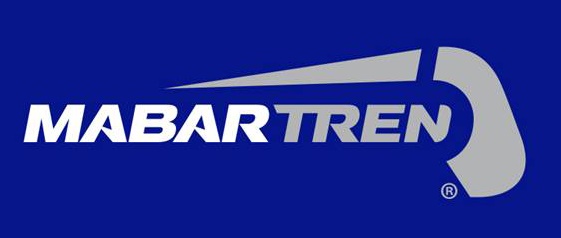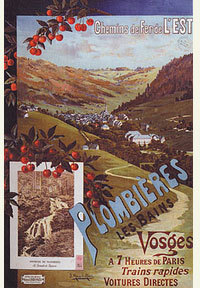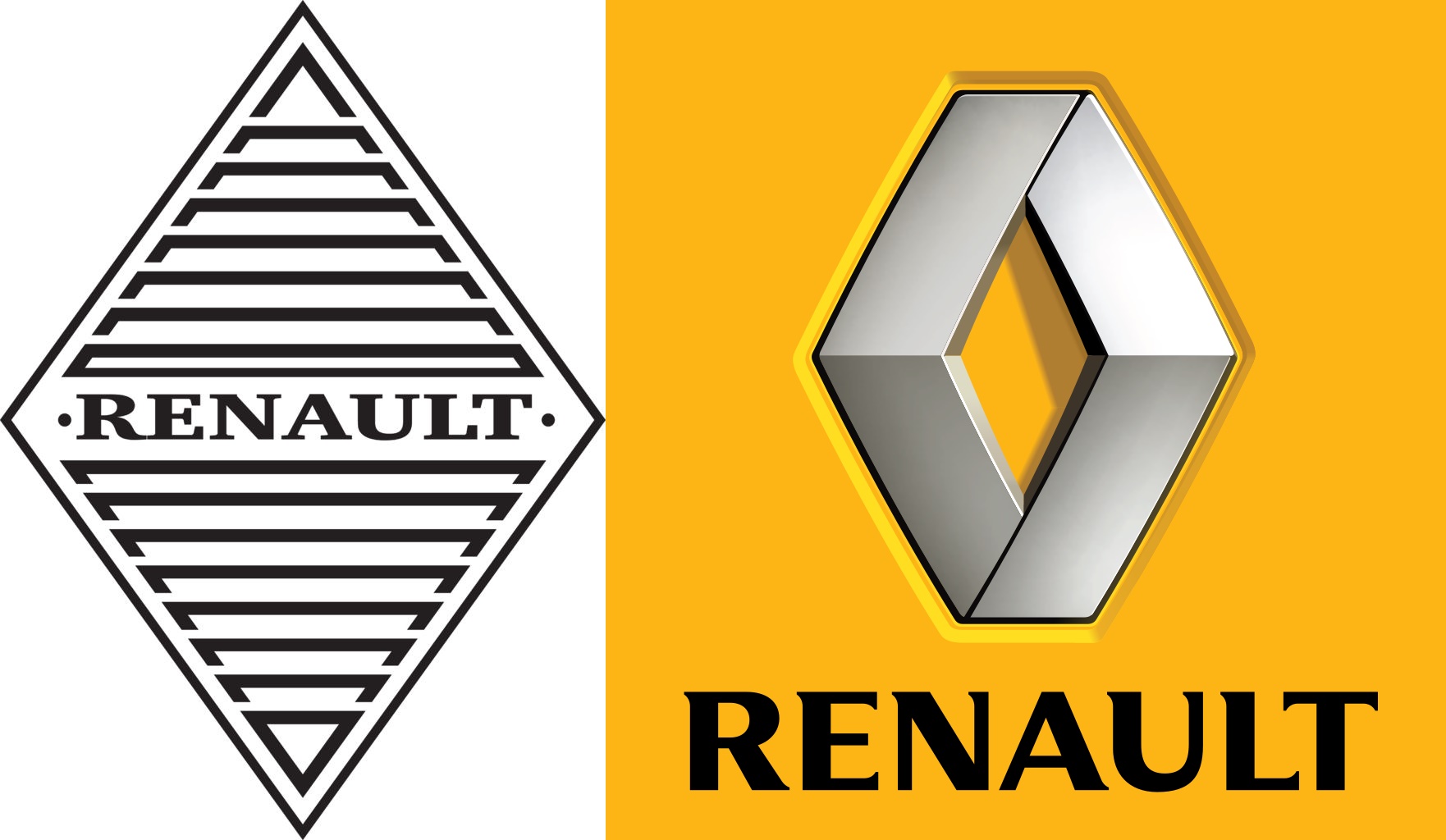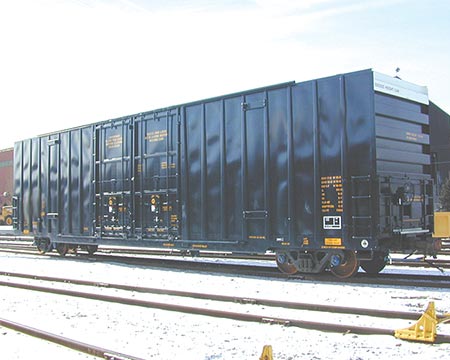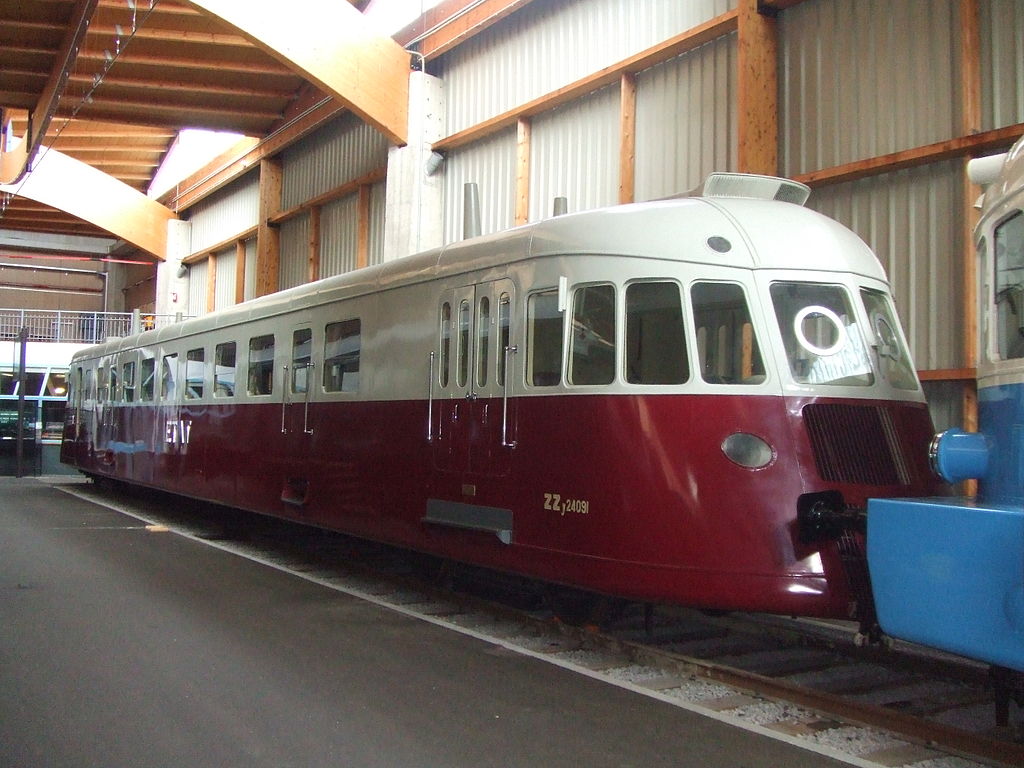Specific Item Information: Classes I, II and III
Run limited to 120 pieces.
Run limited to 120 pieces.
Model Information: Model introduced in 2009 (ABJ3, ABJ4 and ABJ7) and in 2013-2013 (ABJ1 and ABJ2). Re-released in 2013 (ABJ3, ABJ4). The ABJ1 and ABJ2 have no visual differences; Mabar sold all ABJ1/2 models as ABJ1, though some of the prototypes were actually ABJ2.
5-pole motor with flywheel. Traction to 1 bogie. Power pickup on all 8 wheels. Reversible white and red lights according to the direction of travel. Interiors with seats and driver cabins detailed.
5-pole motor with flywheel. Traction to 1 bogie. Power pickup on all 8 wheels. Reversible white and red lights according to the direction of travel. Interiors with seats and driver cabins detailed.
DCC Information: Accepts NEM 651 / NMRA 6-pin decoders.
In order to keep the inside of the car clear of visible electronics, the design is such that the connection of the PC board to the lights is made by very tiny wires (see assembly drawing). No need for soldering, but connectors are very tiny and difficult to reassemble.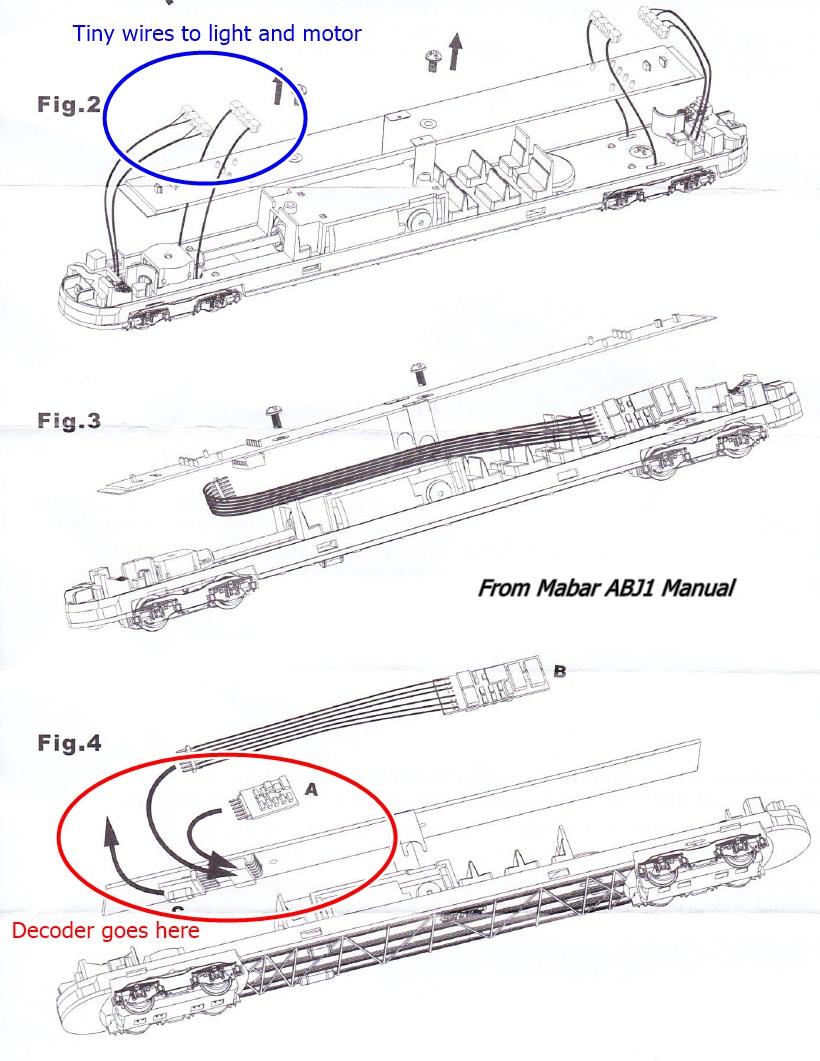
Mabar also proposed an ESU-Sound decoder for this model under the following references:
- 83453/E, Spanish version
- 83453/F, French Version
Models with stock number finishing with an 'S' are factory equipped with this decoder.
In order to keep the inside of the car clear of visible electronics, the design is such that the connection of the PC board to the lights is made by very tiny wires (see assembly drawing). No need for soldering, but connectors are very tiny and difficult to reassemble.

Mabar also proposed an ESU-Sound decoder for this model under the following references:
- 83453/E, Spanish version
- 83453/F, French Version
Models with stock number finishing with an 'S' are factory equipped with this decoder.
Prototype History: The Renault ABJ is a series of French railcars manufactured between 1935 and 1949 by Renault, and between 1936 and 1956 by MMC in Spain.
They were initially powered by a Renault 513 (12 V 140) diesel engine (265 hp).
They have been delivered in the following variants, mainly differentiated by their cooling system:
Read more on Wikipedia (in French).
The ABJ has been exported to Spain and Tunisia (six ABJ2).
In Spain, the ABJ has been manufactured under license by M.M y C (Material Móvil y Construcciones, Zaragoza, Spain - now part of CAF).
- 12 ABJ2 have been built between 1936 and 1940 for MZA (WM-226 to 231) and Norte (WMD-401 to 406). They were transferred to Renfe at its creation and renumbered in series 92xx (9204-9208) and 93xx (9300-9306). Read more on www.ferropedia.es
- 20 ABJ7 (derived from ABJ4) have been built between 1949 y 1956 for Renfe (series 9313-9334). Read more on www.ferropedia.es
The above description has been created specifically for TroveStar N scale database by Alain LM, as summary in English of the following French publications:
Source: Le Train.
- Les archives Autorails. Les Renault construits de 1929 à 1937. ISSN 1296-5537. Olivier Constant. 2017.
- Encyclopédie du matériel moteur SNCF. Tome 3: Les autorails depuis 1938 (1ère partie). ISSN 1296-5537. Olivier Constant. 2006.
They were initially powered by a Renault 513 (12 V 140) diesel engine (265 hp).
They have been delivered in the following variants, mainly differentiated by their cooling system:
- ABJ1: original version delivered to the regional French networks: AL (4), Est (21), Nord (21), PO-Midi (12), PLM (19). Several have later been transformed into ABJ2 or ABJ3.
- ABJ2: very similar to the ABJ1, with additional cooling fans under frame. The Réseau de l'État acquired directly 21 of them.
A total of 98 ABJ1/2 have been produced. They were all transferred to SNCF at its creation in 1938 and renumbered in series X-30xx (ex-PLM), X-31xx (ex-EST and AL), X-32xx (ex-Nord), X-33xx (ex-PO-Midi) and X-34xx (ex-État). - ABJ3: powered by a Renault 517C (300 hp) engine. This model is recognizable by its oversized radiator intakes on top of the front cab, that led to nickname it the 'Bigouden' from the famous southern Brittany headdress. A total of 16 ABJ3 have been built for the SNCF in 1939 (series X-35xx).
- ABJ4: powered by a Renault 517J (300 hp) engine. A total of 35 ABJ4 have been built for the SNCF in 1948 and 1949 (series X-36xx). Thay all have been assigned to the South-West region.
Read more on Wikipedia (in French).
The ABJ has been exported to Spain and Tunisia (six ABJ2).
In Spain, the ABJ has been manufactured under license by M.M y C (Material Móvil y Construcciones, Zaragoza, Spain - now part of CAF).
- 12 ABJ2 have been built between 1936 and 1940 for MZA (WM-226 to 231) and Norte (WMD-401 to 406). They were transferred to Renfe at its creation and renumbered in series 92xx (9204-9208) and 93xx (9300-9306). Read more on www.ferropedia.es
- 20 ABJ7 (derived from ABJ4) have been built between 1949 y 1956 for Renfe (series 9313-9334). Read more on www.ferropedia.es
The above description has been created specifically for TroveStar N scale database by Alain LM, as summary in English of the following French publications:
Source: Le Train.
- Les archives Autorails. Les Renault construits de 1929 à 1937. ISSN 1296-5537. Olivier Constant. 2017.
- Encyclopédie du matériel moteur SNCF. Tome 3: Les autorails depuis 1938 (1ère partie). ISSN 1296-5537. Olivier Constant. 2006.
Road Name History: The Compagnie des chemins de fer de l'Est or Compagnie de l'Est, (Eastern Railway Company) often referred to simply as the Est company, was a rail transport company created in September 1845, in Paris, France, as Compagnie du chemin de fer de Paris à Strasbourg.. After acquisition of other railway companies, it changed its name to Compagnie de l'Est in 1854.
The network of the Compagnie de l'Est was cut off from its Alsace and Moselle part following the annexation of Alsace-Lorraine to the German Empire in 1871. After the First World War, the Compagnie de l'Est did not wish to recover its old lines because the signaling and the driving there became right-handed according to the German standards.
The main station of the Compagnie de l'Est in Paris was Gare de l'Est.
On 1 January 1938, the Est was nationalised, as were the other main railway companies, to become part of the Société nationale des chemins de fer français (SNCF).
Read more on Wikipedia (in French)
The network of the Compagnie de l'Est was cut off from its Alsace and Moselle part following the annexation of Alsace-Lorraine to the German Empire in 1871. After the First World War, the Compagnie de l'Est did not wish to recover its old lines because the signaling and the driving there became right-handed according to the German standards.
The main station of the Compagnie de l'Est in Paris was Gare de l'Est.
On 1 January 1938, the Est was nationalised, as were the other main railway companies, to become part of the Société nationale des chemins de fer français (SNCF).
Read more on Wikipedia (in French)
Brand/Importer Information: Mabar, a Spanish company located in Barcelona, was founded in 1952 by two train enthusiasts, Magda Sebastián and Bartolome Boada, parents of the current partner, Ramón Boada. It was a retailer shop and also produced small series of Spanish models in HO and N scale.
In 2005, the retail business was definitely closed and under leadership of the son of the original owners, Ramón Boada, and his partner Clotilde Villas, the company specialized in creation and manufacturing of HO and N scale models of Spanish prototypes, and thereafter French ones. Mabar has gradually expanded its market and it currently has distributors in France, Portugal, Italy, Benelux, Switzerland, Greece and United States.
In 2005, the retail business was definitely closed and under leadership of the son of the original owners, Ramón Boada, and his partner Clotilde Villas, the company specialized in creation and manufacturing of HO and N scale models of Spanish prototypes, and thereafter French ones. Mabar has gradually expanded its market and it currently has distributors in France, Portugal, Italy, Benelux, Switzerland, Greece and United States.
Item created by: Alain LM on 2017-11-04 06:59:11. Last edited by CNW400 on 2020-06-11 09:01:16
If you see errors or missing data in this entry, please feel free to log in and edit it. Anyone with a Gmail account can log in instantly.
If you see errors or missing data in this entry, please feel free to log in and edit it. Anyone with a Gmail account can log in instantly.



